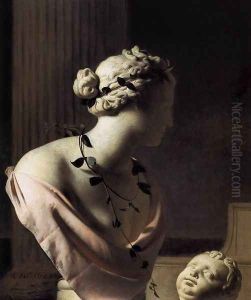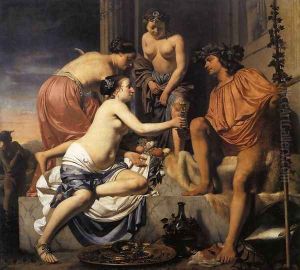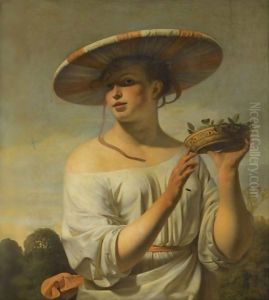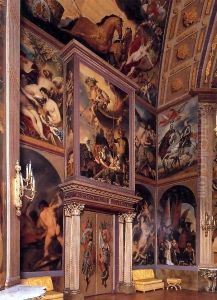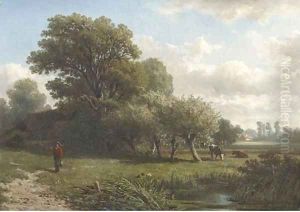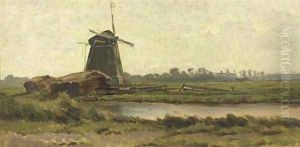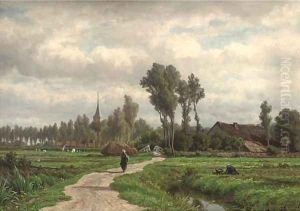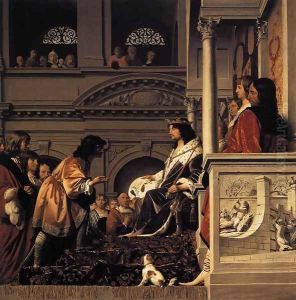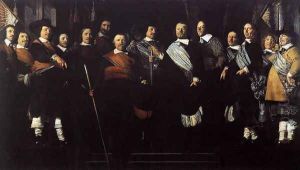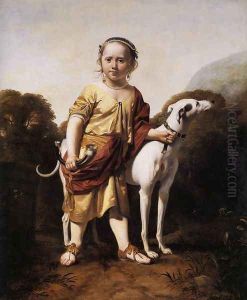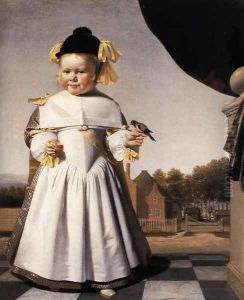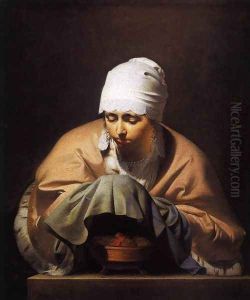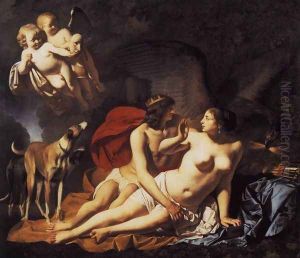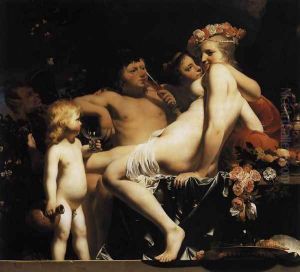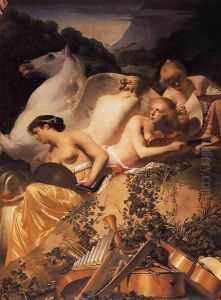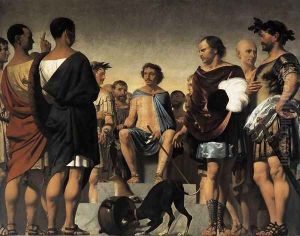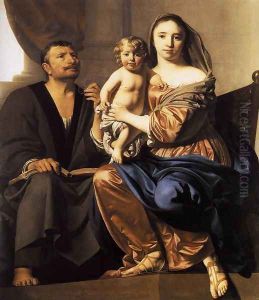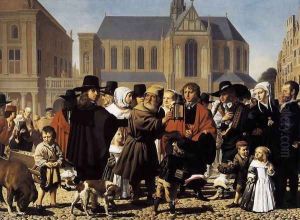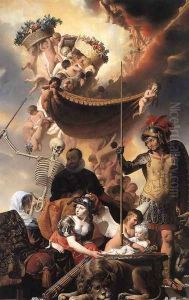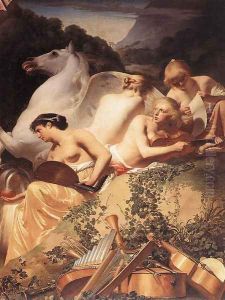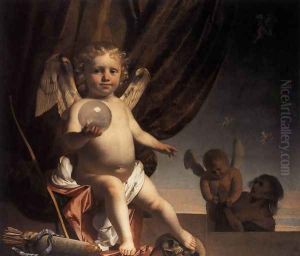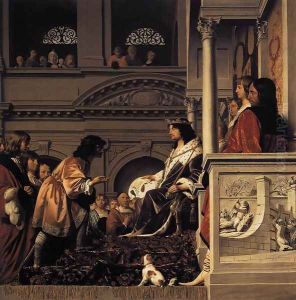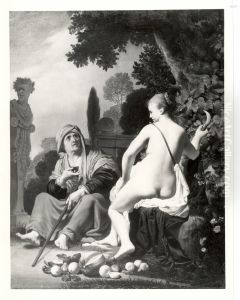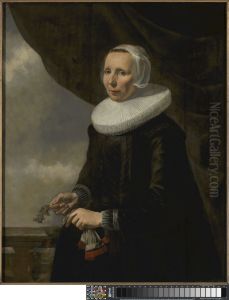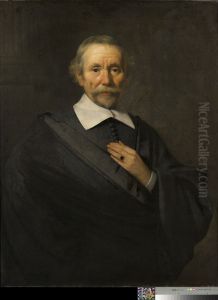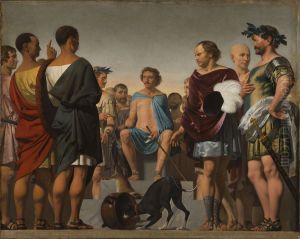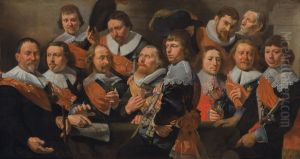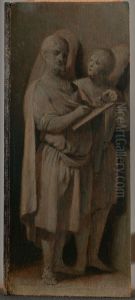Caesar Van Everdingen Paintings
Caesar van Everdingen was a Dutch Golden Age painter known for his history paintings and portraits. Born in Alkmaar, Netherlands, his birth date is often cited as 1616 or 1617. He was the older brother of the painter Allart van Everdingen, who specialized in landscapes and worked in a markedly different, more realistic style. Caesar was trained by the portrait painters Pieter de Grebber and Roelant Savery, and his early works reflect this influence.
Van Everdingen's style is characterized by a smooth technique and the use of cool colors, which was in contrast to the warm tones popular among many of his contemporaries. His figures often exhibit a calm, statuesque quality with elegant drapery and serene expressions. He painted mythological and historical subjects, as well as portraits, and also produced artwork for various decorative projects. Caesar's work was in demand, and he was commissioned by the town of Alkmaar for several large-scale public projects.
One of his most notable commissions was for the decoration of the Oranjezaal in Huis ten Bosch palace in The Hague, where he contributed several large paintings celebrating the life of the Prince of Orange. These works are considered to be among his masterpieces and exemplify his ability to work on a grand scale with considerable finesse.
Throughout his career, he received numerous commissions from the Dutch elite and worked on projects in various cities such as Haarlem and Amsterdam. Despite his success, Van Everdingen's work fell into relative obscurity after his death in 1678. However, he has since been rediscovered, and his paintings are now appreciated for their clarity, composition, and the elegance of his figures. Van Everdingen's works can be found in several Dutch museums, including the Rijksmuseum in Amsterdam and the Stedelijk Museum Alkmaar.
